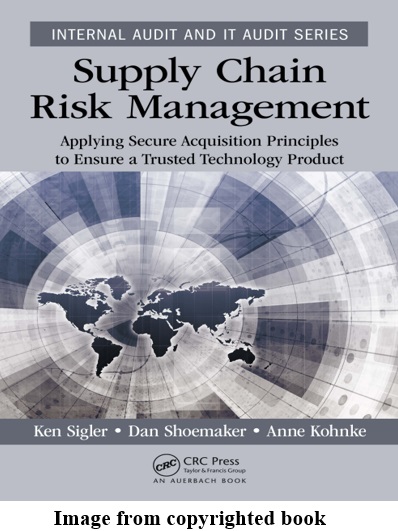Hiển thị biểu ghi dạng vắn tắt
Trust’s Meno problem: Can the doxastic view account for the value of trust?
| dc.contributor.author | F. Patrizio, Ross | |
| dc.date.accessioned | 2023-12-30T04:35:38Z | |
| dc.date.available | 2023-12-30T04:35:38Z | |
| dc.date.issued | 2023 | |
| dc.identifier.uri | https://thuvienso.hoasen.edu.vn/handle/123456789/14754 | |
| dc.description.abstract | The doxastic view (DV) of trust maintains that trust essentially involves belief. In a recent paper, Arnon Keren (2020) ges tures toward a new objection to the view, labeled Trust’s Meno Problem (TMP), which calls into question the DV’s ability to explain the widely held intuition that trust has distinct and indispensable value. As of yet, there has been no attempt to take up TMP on behalf of DV. This paper aims to fill precisely this lacuna. I do so in three main stages. In §1 I contextualize and elucidate the problem, to which Keren gestures but does not address in detail. In §2 I disambiguate multiple possible interpretations of TMP, seeking to identify the most philosophically challenging. Finally, in §3, I argue that DV can solve even this interpretation. In order to do so, I make use ofthe highly plausible claim we find in the work of Katherine Hawley (2012, 2019): that trust pays a compliment to the trustee. The payoffs of exploring the doxastic view in the context of Trust’s Meno Problem are twofold: we better understand the nature of the problem itself, and we see that the doxastic view can give a satisfying answer | vi |
| dc.language.iso | en | vi |
| dc.publisher | Taylor & Francis | vi |
| dc.subject | Trust; trust’s meno problem; value of trust; the doxastic view; Arnon Keren; Katherine Hawley | vi |
| dc.title | Trust’s Meno problem: Can the doxastic view account for the value of trust? | vi |
| dc.type | Article | vi |
Các tập tin trong tài liệu này
Tài liệu này xuất hiện trong Bộ sưu tập sau đây
-
Triết học [60]


